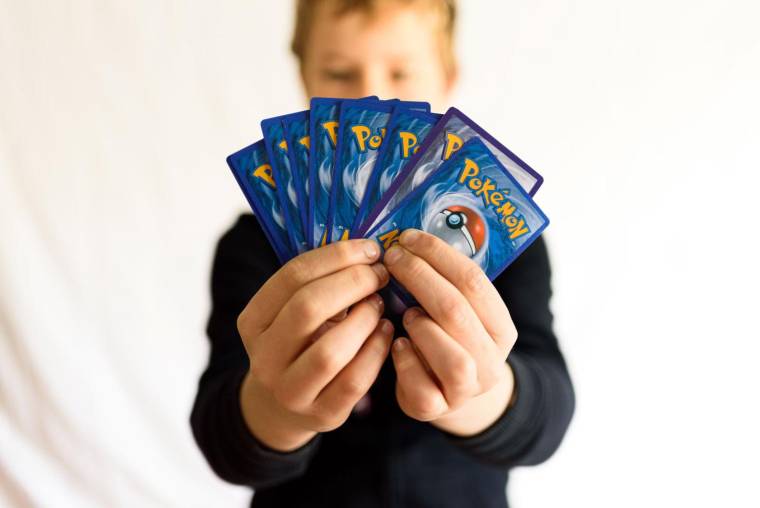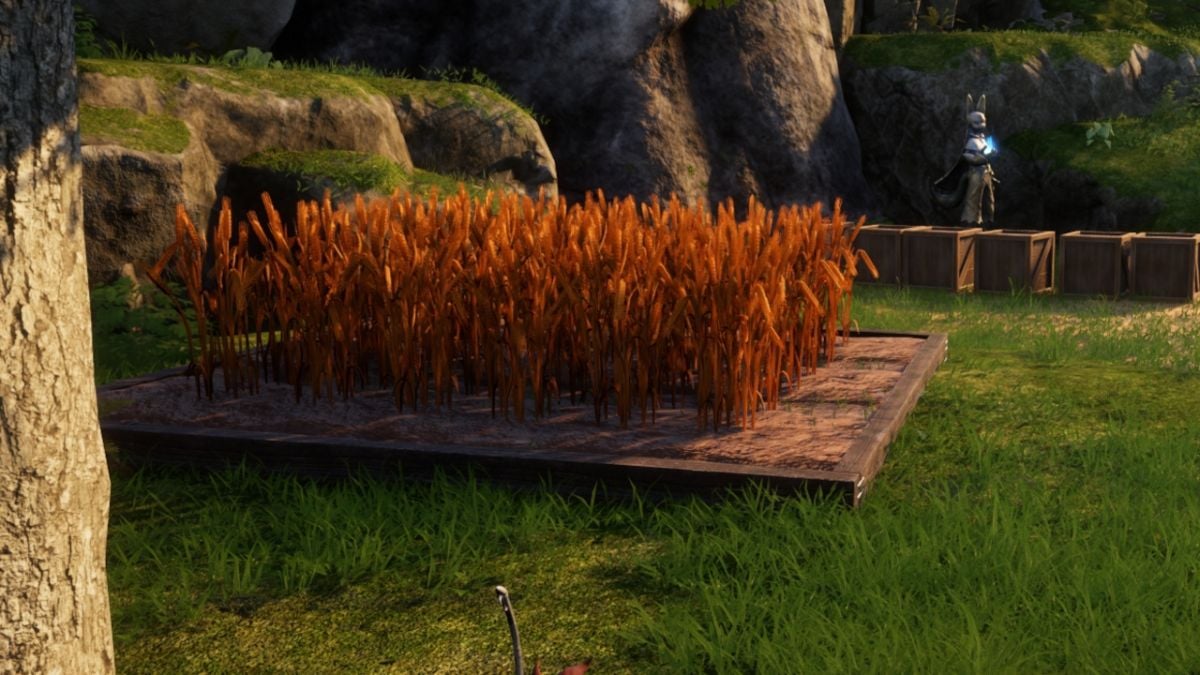Your child’s Pokemon card collection could be like gold


How to quickly and at a glance assess the value of your child’s Pokemon cards? (Photo Credit: Shutterstock)
Some Pokemon cards have increased in value in recent years. Some reach tens or even thousands of euros. Before reselling your child’s card or your old card at a ridiculous price, it’s interesting to check if you have a rare gem. Acronym, Serial Number, Year, Country: Which Card Cost?
Summary:
-
Determine the rarity of your Pokemon Cards: First Mission before selling them again
-
How to price your Pokemon cards to sell well?
Determine the rarity of your Pokemon Cards: First Mission before selling them again
Over 44 billion Pokémon cards have been printed since their creation. Among them, some are worth their weight in gold. do you have one Here are some criteria to look for.
-
Symbols on the bottom left or bottom right of your card
The symbols in the lower left or right corner of a card are the first indication of its rarity:
– A circle: the card is normal. Its value is low.
– Diamond: This is the first level of rarity. Some of these cards can cost several dozen euros.
– A star: it can be black, shiny or silver, sometimes only with a black outline. This is a rare card. The value peaks when the star is golden in color.
– Two or three stars: they can be black, silver or gold. The card is very rare. The price can be several hundred or even thousands of euros.
note down
Do you have a card without a symbol? They are usually associated with promotional editions. These are cards that are not related to commercially available expansions. We call a series of cards “expansions” that complement previously released cards. You may also have a “Staff” card. These are distributed to organizers of Pokémon events during tournaments, for example.
-
Serial Number: Your card is part of a set
The serial number can be found on the bottom right of your card. It indicates its position among all cards of the same series. A series, also called a “block”, is a collection of extensions revolving around the same theme or having similar points. You will see 56/100 for example. If the first number exceeds the second (eg: 101/100), it is a secret card. It is rare and potentially worth a significant amount of money.
-
Year of publication and collection
The closer the card is to the first editions (1999-2000), the more valuable it will be. After the year of edition is the collection to which the card belongs. It allows you to differentiate between different generations of Pokemon. The oldest, and most expensive, is Wizards of the Coast. French cards cost slightly more than English or Italian cards, because fewer copies were made.
-
Texture: Is your card glossy or matte?
Cards are available in matte or glossy versions. The holographic card has a glossy foil for the Pokemon artwork. Reverse cards shine all around. If you have a rare card and it is holographic or reverse, its value increases. Indeed, certain cards with glossy reflections present features sought after by collectors. They can display light-reflecting patterns, with various modifications. “Shadowless” cards (produced without any text shadow behind the Pokemon’s image) are also popular.
-
Additional letters or references
Some cards have additional instructions, either at the top of the card, after the Pokemon’s level, or before the serial number. These mentions can be: “SH” indicates that the Pokemon has a different power than the Classic version, for example. In this case, it is interesting because your card is different. As a general rule, any graphic element or annotation is interesting to remember.
note down
Conservation status is an important criterion. A card that is bleached, scratched or has inscriptions on it loses its value. If you have packs of cards that are still sealed, resist the urge to open them: a new pack is more expensive than individual cards. If the rare card is in your sealed deck, you lose money selling it blind. However, the probability is very low, it is better to take advantage of complete and closed package sales.
How to price your Pokemon cards to sell well?
It is important to know the prices before selling. The European site CardMarket brings together the latest odds for every card available on the market. To supplement this information, eBay is useful. It is the main resale platform for these collections. There you can see competitive listings and get a price range for your own card. Indicate all information found on your card (name, year, gloss, details, etc.). Mostly, the prices shown correspond to the ratings.
note down
Caution is advised as scams are numerous. Selling your cards to unknown collectors who offer to appraise them is not recommended.
If you prefer, you can consult professionals to get an idea of the value of your collection. Companies like PCA and PSA are responsible for rating cards. Thomas Bedell, founder of Cards Hunter, buys collections to resell them. Let us also mention Fuji Store and MJN Store, two major collectors’ resale platforms. For direct selling, you can choose eBay or Voggt. In addition, auction houses hold sales exclusively dedicated to Pokémon, including the very serious Maison Drouet. Aguitas, based in Neuilly-sur-Seine (92), has just created a section dedicated to collector’s cards.
Rare Pokemon cards require certification.
If you have a rare card, it is advisable to get it certified by an independent organization. The companies PCA (Professional Cards Authenticator), PSA and MTG grades are the most well known. Your map is given a score out of 10 based on its state of maintenance. This is called “dimming”. It is then sealed in a box, which contains a QR code with its certificate of authenticity. The cost of authentication varies depending on the value of the card. Calculate between 9 and 250 euros.





